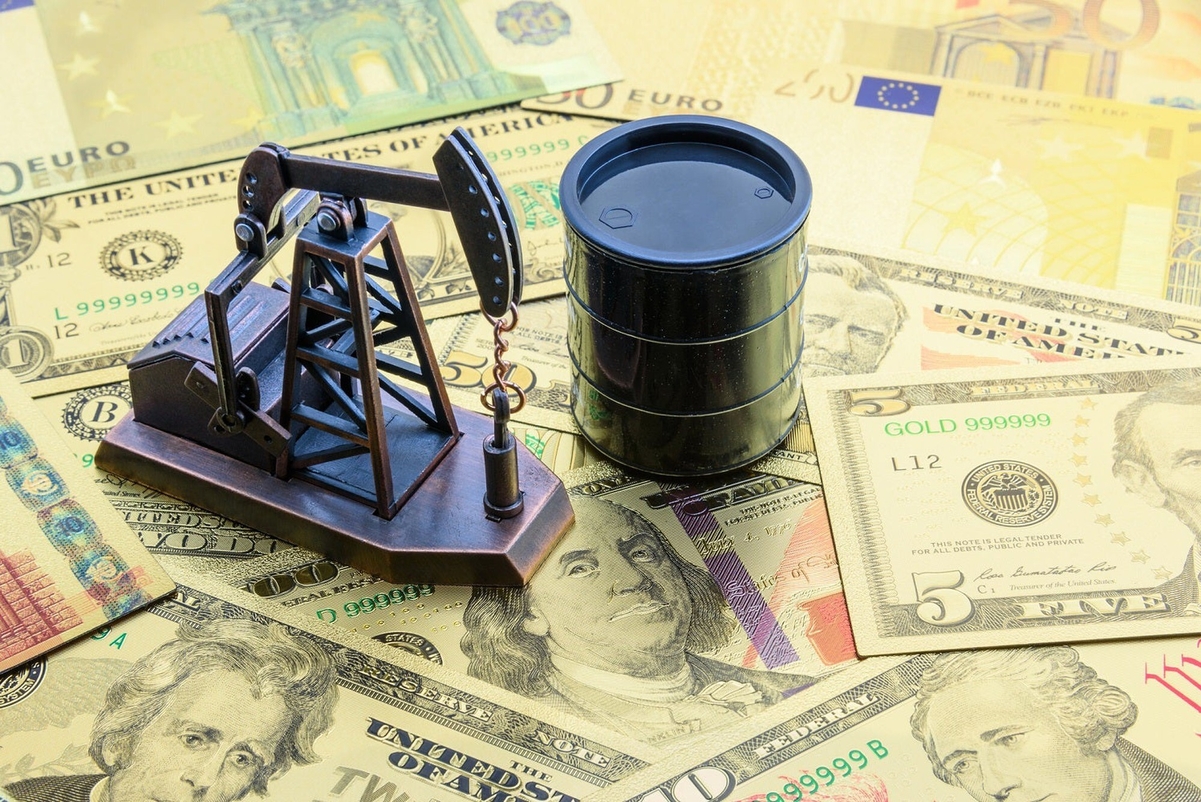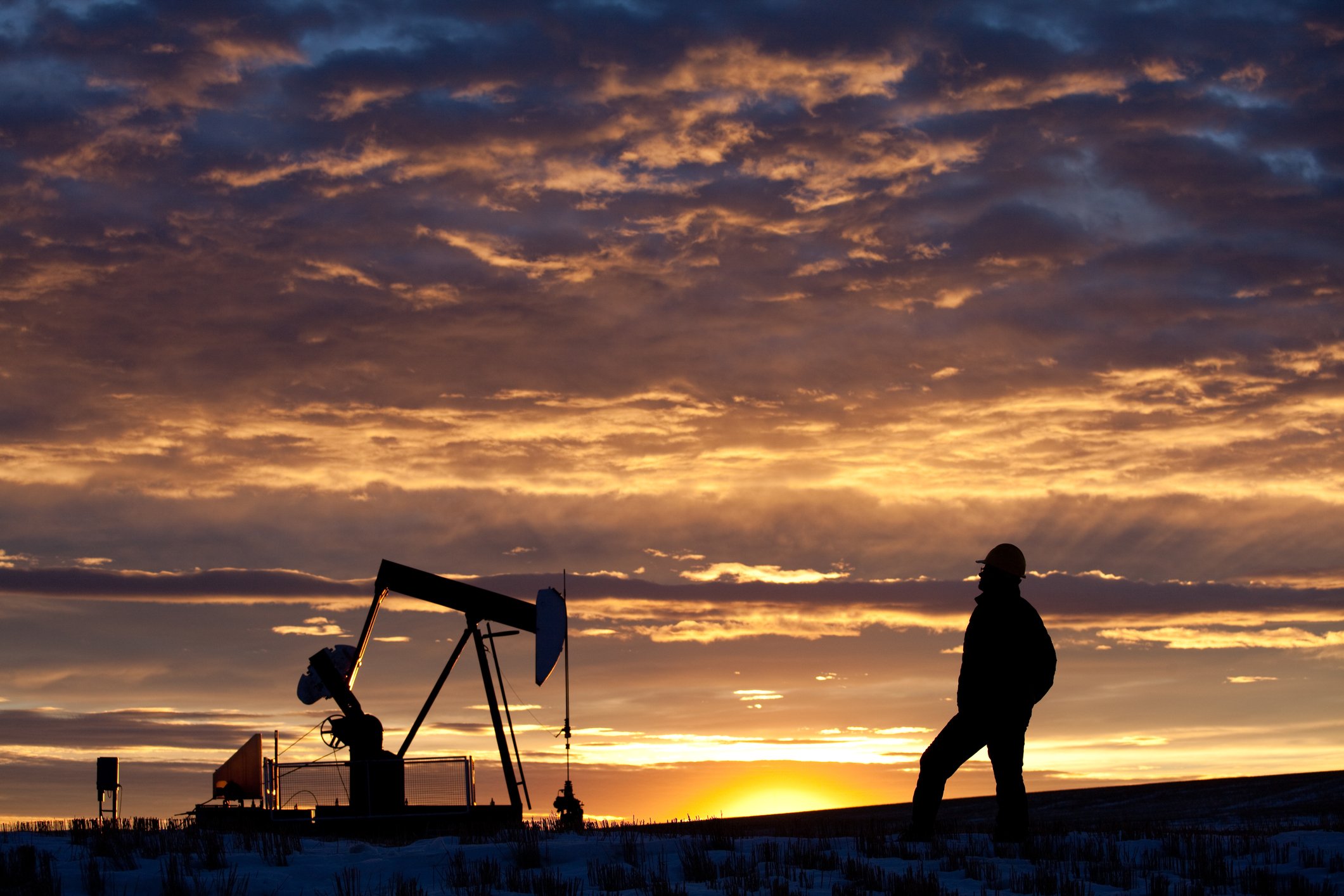Crude oil prices have swooned over the past year. West Texas Intermediate (WTI), the primary U.S. oil price benchmark, has fallen more than 25% since last April and is even further below its peak in the triple digits last June.
However, oil has started to heat back up along with the weather. WTI was recently above $75 a barrel and has jumped by more than $10 a barrel in the past week. It could have much further to run, given the demand catalysts ahead. In light of that outlook, oil stocks look like screaming buys this April. Among those that stand out are Devon Energy (DVN +1.65%), Pioneer Natural Resources (PXD +0.00%), Marathon Oil (MRO +0.00%), and Diamondback Energy (FANG +0.22%).
Demand is growing faster than supply
While oil prices have declined this year, crude could rebound sharply in the coming months. The biggest driver is resurgent demand. Consumption declined by 80,000 barrels per day (BPD) in the fourth quarter, according to the International Energy Agency (IEA). However, its March oil market report forecasts "world oil demand growth is set to accelerate sharply over the course of 2023." It sees consumption growing by 710,000 BPD during the first quarter and rising by 2.6 million BPD by year-end. While supplies will also rise this year, the IEA expects them to fall short of demand in the second half, driven by seasonal trends and recovering demand in China. That expected shortfall between supply and demand should push oil prices higher.
Cheap oil stocks
Shares of oil producers have fallen along with oil prices over the past few months, and that means they're cheap compared to the cash flows they can produce.
For example, at $70 a barrel, Diamondback Energy estimates it can produce $14.71 of free cash flow per share this year. With the stock around $135 a share recently, it trades at about 9.2 times free cash flow or a 10.9% free cash flow yield. That's dirt cheap compared to the broader market. The S&P 500 trades at about 20 times free cash flow (a 5% free cash flow yield), while the Nasdaq Composite fetches 25 times free cash flow (a 4% yield). Meanwhile, Diamondback Energy's free cash flow will rise with oil prices. It can produce almost $18 a share at $80 oil and $24.50 per share if crude averages $100 a barrel. That will give it more money to pay dividends and buy back its dirt cheap shares.

NASDAQ: FANG
Key Data Points
Pioneer Natural Resources plans to pay out the bulk of its oil-fueled cash flows to investors through its fixed-plus variable dividend framework. It set the variable portion at 75% of its post-base-dividend free cash flow. That means it could pay out a gusher of dividends this year:

Image source: Pioneer Natural Resources.
With shares around $205 apiece, the company's dividend yield could be over 10% if oil averages more than $80 a barrel this year.
Devon Energy also pays a fixed-plus-variable dividend, with the variable rate at 50% of its post-base-dividend free cash flow. Its payout will consequently rise with oil prices. Meanwhile, it could use a portion of the free cash it doesn't pay in dividends to repurchase its cheap shares. The stock trades at a more than 8% free cash flow yield based on the free cash flow it can produce at $80 oil.

NYSE: DVN
Key Data Points
Marathon Oil uses most of its free cash flow to repurchase shares. That has enabled the company to retire a peer-leading 20% of its outstanding shares over the past several quarters because it's repurchasing them at a low valuation. With its stock price down from the peak, Marathon could buy back a boatload more shares this year, especially if oil prices rally this summer.
Dirt-cheap oil stocks with a potential major upside catalyst
Shares of Devon, Diamondback, Marathon, and Pioneer all trade at relatively low prices based on the cash flows they can produce at current oil prices. That makes them look like screaming buys, given that oil prices could surge this summer as demand accelerates. Higher prices would enable them to generate even more cash they'd return to investors through dividends and buybacks. And that means they could produce big-time total returns this year.






